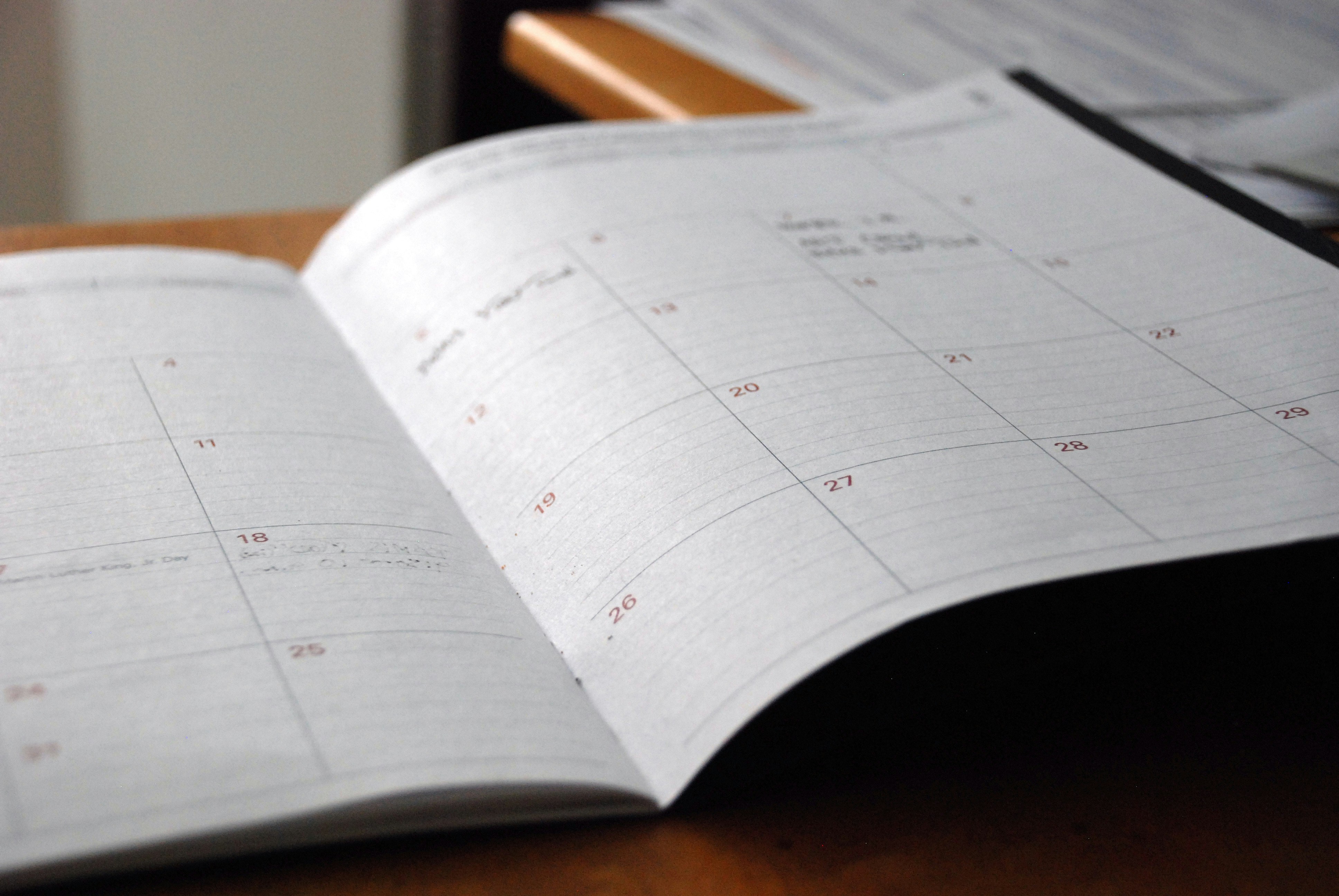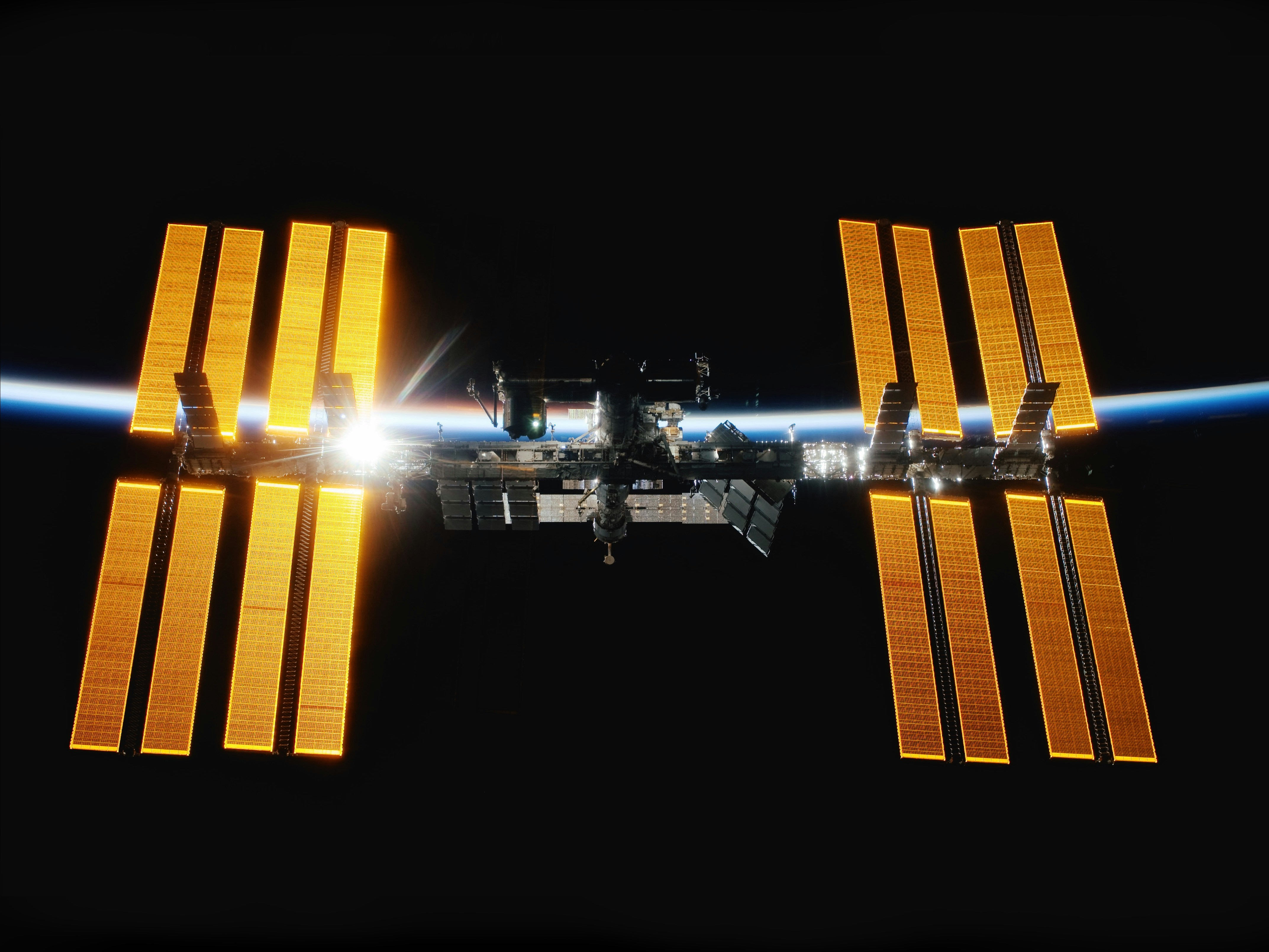Description
- Employment type: Permanent
- Employment basis: Full Time
- Salary: Competitive Salary and Excellent Benefits
- Standard Hours: Flexible Working / 40 hours per week
Responsible for the design of avionic and electrical integration of aircraft equipment and components in accordance with the technical requirements specified with the customer and ensuring compliance with airworthiness requirements.
Define equipment, components, systems, and installations specified to enable system testing, fault finding prior to installation and certification. Carry out aircraft electrical load analysis. Write test schedules and reports.
Lead technical projects and to provide support and guidance to other departments. Assist in the help and training of new engineers and keep abreast of industry trends and issues.
Key Responsibilities
Avionics and Electrical Design Engineering:
- Develop avionic and electrical design schemes, including wiring diagrams, for aircraft modifications.
- Design routing charts and wiring diagrams using CAD tools.
- Create design documentation e.g Modification embodiment Instructions, instruction for continued airworthiness and any associated documentation.
- Create design support verification documentation for a modification e.g Test Plans, Design Office Instructions (DOI), Design Specifications, Equipment Assessments and Safety Assessments.
- Ensure all avionic and electrical design documentation is technically accurate, self-checked, and verified for completeness.
- Identify and correct errors, inconsistencies, and non-conformities in design documentation.
- Ensure that design solutions meet the required design standards e.g General standards, circuity idents, electrical load analysis, circuit protection, cable sizing etc
- Ensure all avionic and electrical design documentation complies with the relevant airworthiness requirements
- Troubleshoot and resolve technical issues related to avionic and electrical design.
- Analyse and determine corrective actions for Design Query Forms (DQFs), Non-Conformance Reports (NCRs), Production Permits, and Concessions related to avionic and electrical design.
- Collaborate with suppliers, engineers, and stakeholders to ensure designs align with program objectives and manufacturing feasibility.
- Provide practical design solutions to technical problems with minimal supervision.
- Conduct hazard analysis, fault tree analysis (FTA), and failure mode and effects analysis (FMEA) to assess safety risks in aerospace system.
- Conduct system-level testing, verification, and validation to ensure compliance with industry standards (e.g., DO-178C, DO-254, ARP4754A).
- Review and check avionic and electrical documentation, including detailed drawings, assemblies, and CAD models, for technical accuracy and completeness.
- Review and check avionic and electrical documentation, including embodiment Instructions, instruction for continued airworthiness and any associated documentation.
- Review and check avionic and electrical documentation used for compliance demonstration e.g, Test Plans, Design Office Instructions (DOI), and Design Specifications.
- Validation of the required design standards e.g General standards, circuity idents, electrical load analysis, circuit protection, cable sizing etc.
- Provide feedback and recommendations for design improvements and optimization.
- Support design reviews and approval processes, ensuring adherence to industry best practices.
General:
- Lead technical projects, providing guidance and support to cross-functional team
- Providing guidance and support to Engineers, Associate Engineers and Graduate Engineers
- Assist in training and mentoring new engineers, fostering knowledge sharing and professional growth
- Liaison with all other technical disciplines within the Design Office to produce coherent and comprehensive design solutions and packages
- Liaison with all other departments e.g production and installation engineers in matters relating to projects to ensure smooth implementation of design requirements
- Communicate effectively with all members of your team and the business alike, identify early potential risks, seek clarification of you are unsure and provide feedback on all aspects of the business to your line manager.
- Undertake and successfully pass appropriate training applicable to your role as communicated to you from time to time and proactively identify training opportunities for your own advancement and self-improvement.
Skills, Knowledge and Expertise
- Degree or HND/HNC or OND/ONC in electrical engineering, or extensive years related industrial experience.
- Experience in an aerospace Design Office.
- Experience in producing designs for Avionics and electrical integration.
- Detailed knowledge of Avionic and Electrical Design Integration or GA Aircraft
- Detailed knowledge of the functionality of Avionic and Electrical systems
- Have a clear understanding of aircraft avionic/electrical component and/or system design requirements, materials, and manufacturing processes.
- IT competent (i.e., Microsoft applications Word, Excel, and Visio etc. Detailed knowledge of CAA PT21J Design Approval
- Full UK driving licence required
- Ability to achieve a UK security clearance
- Travel to other sites as and when required
Benefits
- 36 annual leave days (inclusive of Bank and Public Holidays)
- Contributory pension scheme with a salary sacrifice option
- Private healthcare scheme
- Flu vaccination
- Dental and optical cover
- Employee Assistance Program
- Support with learning and professional development (courses and licenses)
- Health screening and therapies
- Digital GP
- Referral bonus
Britten-Norman is a leading aircraft manufacturer that has been building aircraft continuously for over 70 years. The company is world renowned for its iconic BN2 Islander Series. The Islander is one of the most successful civil aircraft ever produced in the UK. Available in both piston and turboprop variants, Islander aircraft offer exceptional Short Take-off and Landing capabilities and the ability to operate from unprepared surfaces, including both grass and sand. It has been manufactured continuously since 1965, with 1,299 aircraft built to date. Islander aircraft provide adaptable, low-cost solutions that are currently in daily use with some 200 companies and organisations in over 70 countries worldwide. Britten-Norman also provides comprehensive support to its customers, with field servicing, training, and modifications/upgrades available. They have a dedicated training department that offers expert OEM approved training for pilots, mission operators, and technicians. Additionally, they prioritise innovation and are currently involved in various Research and Development programs. With facilities in the UK and USA, Britten-Norman is able to cater to customers globally. Their commitment to excellence and their passion for pushing boundaries in aircraft design make them a top choice for those in the aviation industry.


